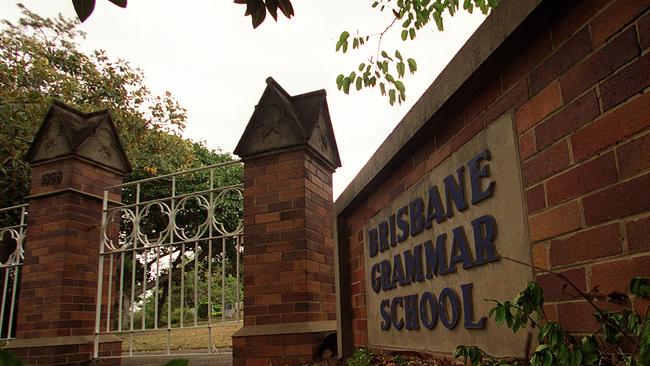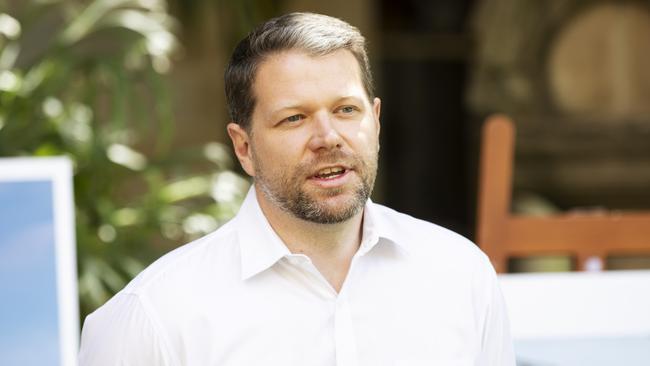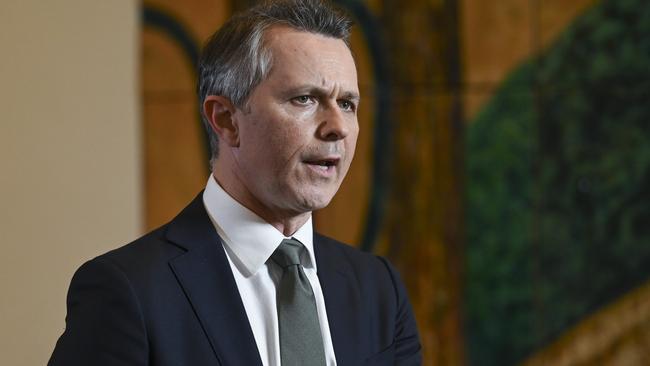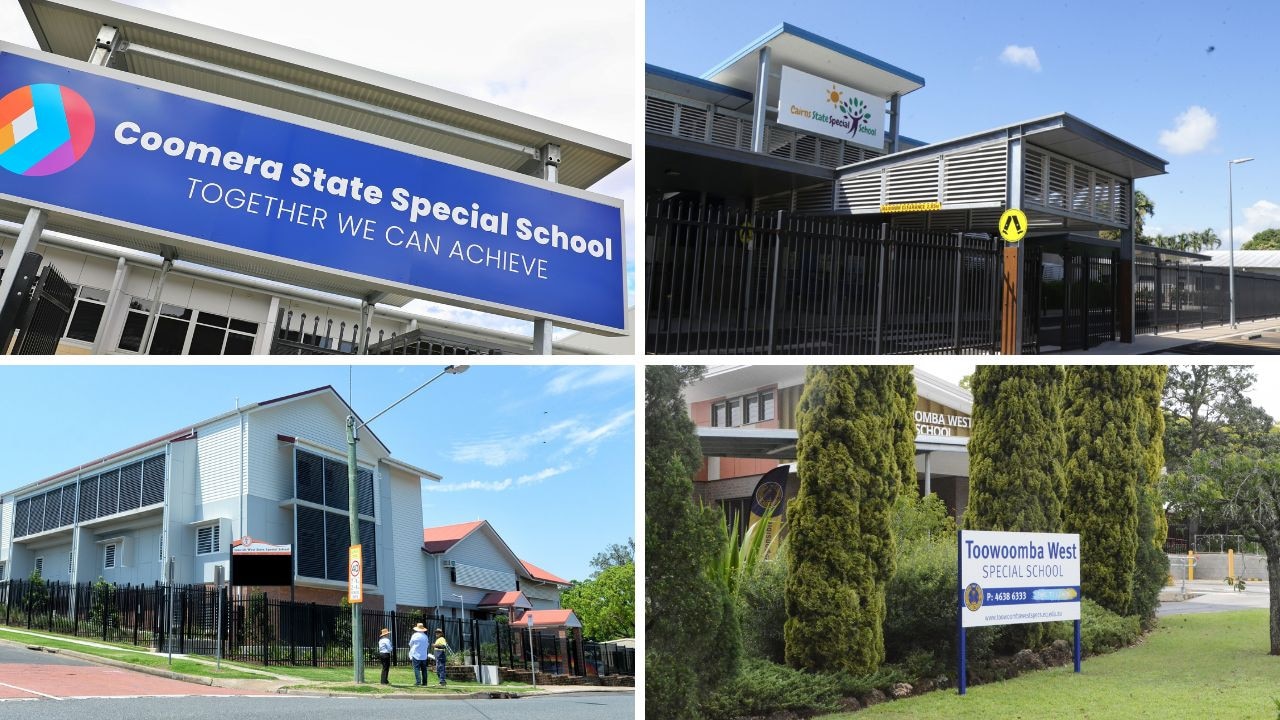‘Vulnerable have to beg’: $1.05bn government funding for Qld’s richest schools
New data reveals Queensland private schools catering for the state’s richest families will receive a combined $1.05bn in federal cash. SEE THE FULL LIST

Schools Hub
Don't miss out on the headlines from Schools Hub. Followed categories will be added to My News.
Queensland’s top private schools catering for wealthy families are over funded by the federal government by more than $140 million, piling the pressure on policymakers to overhaul the school funding model and close the disparity gap between public and private education.
But the state’s peak body for independent schools has fired back, labelling the financial data analysis “misleading and deliberately divisive” and saying there are already arrangements in place to gradually reduce federal government funding for the sector by 2029.
The 19 schools whose families all earned more than $200,000 in median taxable income will receive a combined $1.05 billion in Commonwealth funding between 2022 and 2028.
Save Our Schools – a state school funding lobby group – separately calculated that this is a combined $141.3 million above the 80 per cent level of the School Resourcing Standard, which was recommended by the landmark Gonski Review in 2012.
In terms of annual tuition fees for Years 7-12, Brisbane Grammar and Brisbane Girls Grammar charge $30-33,000; Somerset College is priced at $18,700, Hillbrook Anglican School asks for $17,000; The Cathedral School charges roughly $13-14,000; Whitsunday Anglican School ranges from $11-13,000; while All Saints Anglican School charges $5-6,000.
Economist and Save Our Schools national convener Trevor Cobbold said previously only income ranges were available for each school’s median family taxable income.
“This is the first time family income figures for private schools have been published,” he said.
“Senate Budget Estimate 2022-23 showed that they were funded at 83.3 per cent of their Schooling Resource standard in 2023, instead of the legislated target of 80 per cent.
“Millions of taxpayer funds are being squandered on highly privileged Queensland private schools serving the wealthiest families in the state while public schools serving the most disadvantaged and vulnerable families have to beg for funds.”
Independent Schools Queensland chief executive Chris Mountford, the peak body for the 19 schools included in the data release, said the Save Our Schools analysis “demonised non-government schools” and “misrepresented school funding levels”.
“The Save Our Schools commentary uses selective data (Australian Government funding only) and is therefore misleading and deliberately divisive,” he said.
“The only meaningful way to compare funding between school sectors is to compare combined Commonwealth and state/territory funding.
“The School Resourcing Standard funding model will always give state government schools more total government funding per student than non-government schools because only non-government schools have their funding reduced according to parents’ income, this reduction does not happen for government schools.”

Mr Mountford said ISQ supported ongoing national negotiations around the new National School Reform Agreement and the aim to make sure every school is fully and fairly funded.
He added that from 2022-2029, gradual changes in Commonwealth school funding arrangements for non-government schools will result in roughly 30 per cent of Queensland independent schools seeing a reduction in their federal funding by around $375 million.
Federal Education Minister Jason Clare said the country’s education system “can be a lot better and a lot fairer”. While new school funding agreements have been reached with the Northern Territory and Western Australia, talks with every other jurisdiction are ongoing.
“Currently, no public school outside of the ACT is fully funded [to the Gonski-recommended School Resourcing Standard]. There’s still a 5 per cent funding gap,” Mr Clare said.
“Most non-government schools are at that level now. Those schools that are above that 100 per cent Gonski level are on a track to come down automatically [over coming years].

“The negotiations we’re having now are about how we fill the public school funding gap – what the Commonwealth chips in, what the states chip in, and what that funding is tied to.
“That’s why we have put $16 billion in additional funding for public schools on the table – this would be the biggest increase in Commonwealth funding to public schools that has ever been delivered.
“This isn’t a blank cheque. This funding will be tied to reforms to help kids catch up, keep up and finish school.”
The median family income data per school was released for the first time by the national Department of Education through Federal Senate Estimates in May, in response to a Question on Notice by Green’ Senator Penny Allman-Payne.
Save Our Schools separately sourced projected Commonwealth funding data for 2022-2028 from a previous Senate Estimates response, took into account each school’s predetermined percentage share of School Resourcing Standard, and calculated how much extra cash each school is getting above the level recommended by the Gonski Review in 2012.



